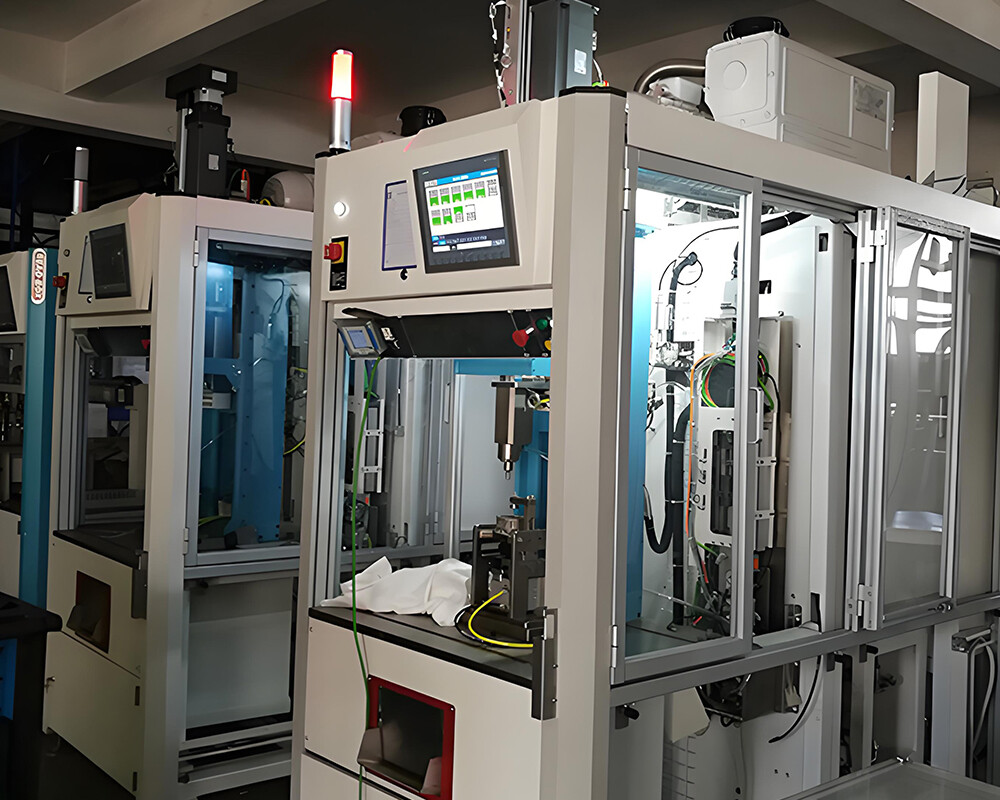
A servo press is a servo press system used to produce different connectors through processes such as pressing, filling, riveting, stamping, and embossing. Servo presses are widely used in automated production factories and manually controlled workplaces.
Servo press systems are commonly used in production applications in the automation industry, such as the installation of engines and transmission systems, steering systems, chassis, brakes, fuel injection pumps, airbags, and electric motors for components such as wipers in the field of new energy vehicles. In addition, the medical products, electronics and household appliances industry, and power tool production industry are also important application areas for servo press systems.
The servo press fit system usually consists of a press fit module, also known as the "press fit spindle", a servo amplifier, and a force displacement evaluation unit. Simultaneously equipped with a process monitoring system for process quality monitoring. The system evaluates and records the force displacement situation (XY curve) generated during the pressing and assembly process based on the data provided by force and displacement sensors.
In addition to process monitoring, real-time control of the manufacturing process can also be achieved. For this purpose, the servo press fit system provides the following standard functions: press fit force control, slope and inflection point detection, and press fit function based on signals or positions.
Servo presses or servo pressing systems are gradually replacing traditional hydraulic or pneumatic systems. Many users choose servo presses because the servo press system has better energy balance, precise controllability, and high flexibility.
